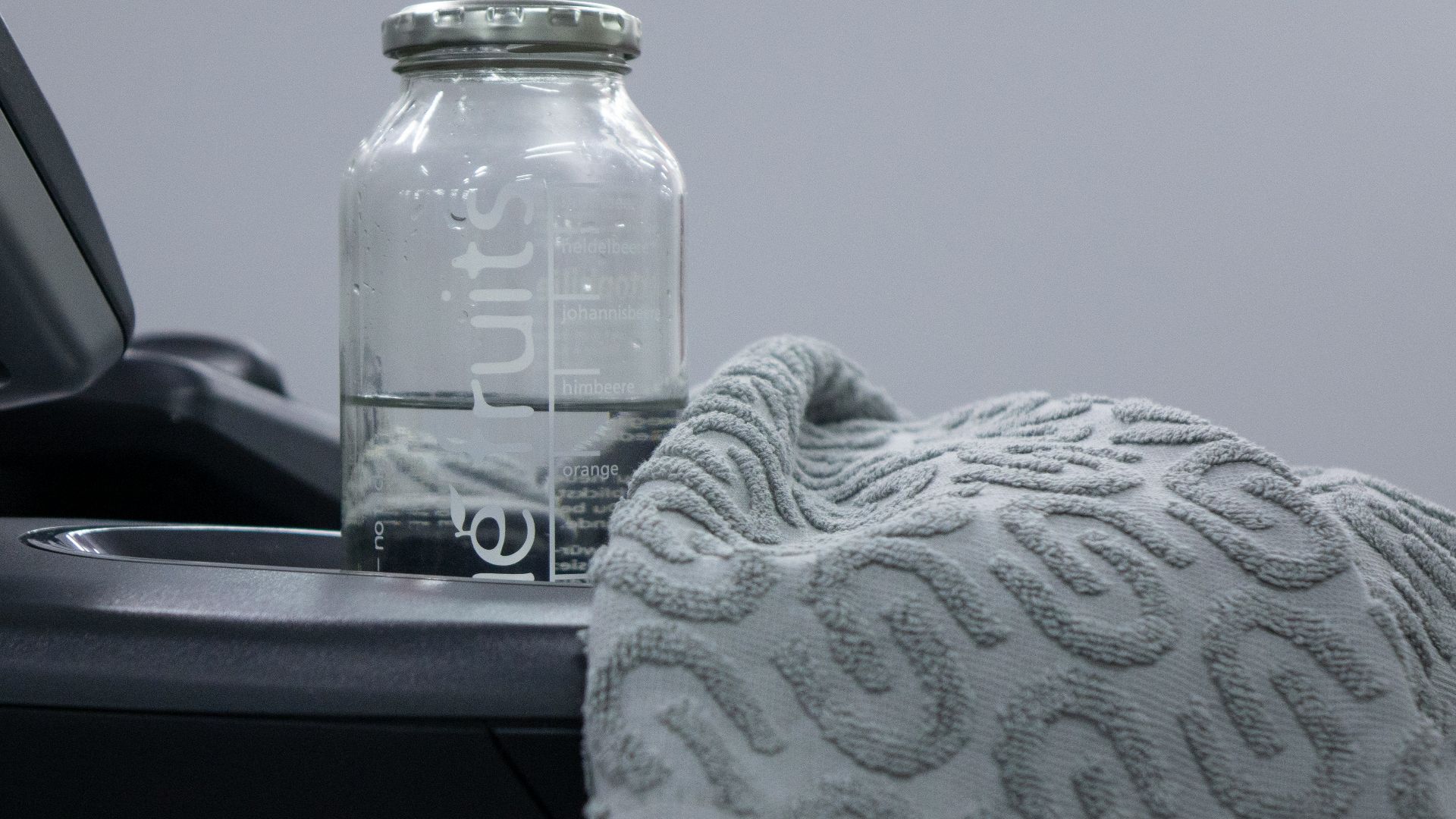The Promise and Pitfalls of Nature’s Most Hyped Cells
Stem cells sit at the crossroads of potential and mystery as raw building blocks capable of becoming bone, muscle, nerve, or something we haven’t even quite imagined yet. The headlines always highlight the miraculous: stem cells curing paralysis, reversing blindness, or erasing decades of damage. And yet, right next to their potential lies another hard-hitting truth: science moves slowly, bodies are stubborn, and hype often takes years of experimentation before it can be validated. Here are ten ways in which stem cells may very well be as promising as we’ve been led to believe, and ten ways they may be a little too good to be true.
1. Regenerating Damaged Hearts
Picture someone surviving a heart attack only to be told the damage is permanent. Stem cells offer the possibility of providing new heart muscle grown that is then stitched seamlessly into place. Trials already show flickers of improvement in heart function. It’s not science fiction; it’s early science fact.
2. Treating Spinal Cord Injuries
The thought of restoring movement to someone paralyzed feels almost supernatural, yet researchers are injecting stem cells into spinal cords with the hope they’ll reconnect broken lines of communication. There are moments, small ones, where sensation returns or muscles twitch after years of paralysis.
3. Reversing Blindness
Retinal diseases strip away the gift of sight, leaving patients in the dark. A few small studies have had success stimulating regeneration with stem cells that integrate into retinal tissue, allowing sight to return—albeit in a limited way.
4. Repairing Organs, Piece by Piece
Dialysis machines hum in hospital wings while patients wait years for donor kidneys. Stem cells won’t drop a fully grown kidney into someone’s lap, but they can stimulate tissue repair, nudge cells to regrow, and patch up damage. Imagine not needing a replacement kidney because your body was able to restore the one you already have.
5. Healing Bones and Joints
As we get older, our knees creak, our hips grind, and painful arthritis gnaws at our joints. Stem cell injections aren’t miracle elixirs, but they can prompt cartilage or bone tissue to regenerate when the body’s self-healing mechanisms are overstrained.
6. Custom Cancer Treatments
Cancer is a master of disguise, and sometimes we discover its presence too late. Stem cells can help researchers create mini models of a patient’s tumor in a dish, allowing doctors to test which drugs work best. This rehearsal allows mistakes to be limited to the petri dish, rather than occur in the patient’s body.
 National Cancer Institute on Unsplash
National Cancer Institute on Unsplash
7. Diabetes Solutions
Type 1 diabetes occurs when insulin-producing cells die off. Scientists have figured out how to encourage stem cells to become insulin-secreting cells, giving patients a little relief from constant daily injections as their body learns to monitor its own insulin production.
8. Repairing Skin After Burns
Grafted skin can feel tight and have an unnatural, waxy appearance. Stem cells offer a means to grow skin that looks like the original, with hair, sweat glands, and the natural texture intact. Imagine burn survivors experiencing a healing so complete it’s impossible to tell they were even burned in the first place.
9. Fighting Neurodegenerative Diseases
Receiving a diagnosis of Alzheimer’s, Parkinson’s, or ALS is a nightmare for many families. Stem cells have the potential to replenish neurons or slow their loss, buying time and quality of life for the patient.
 yerling villalobos on Unsplash
yerling villalobos on Unsplash
10. Anti-Aging and Longevity
Stem cells are being marketed as everything from wrinkle reducers to joint lubricators and energy boosters. Some potential is real; staying younger longer may very well be possible with stem cell technology.
And now, here are ten reasons why stem cells might not live up to the hype.
1. They’re Often Overhyped by Clinics
Walk into certain regenerative medicine centers, and you’ll see brochures promising cures for almost everything: autism, Alzheimer’s, arthritis, even baldness. Many treatments aren’t backed by rigorous evidence, and sometimes they’re downright unsafe. Some patients have lost vision getting stem cell injections in their eyes.
2. The Body Isn’t Always Cooperative
Transplanted stem cells sometimes fail to integrate, or worse, are attacked by the immune system and die off. Cells are living, unpredictable things, not obedient machines that obey our desire to heal this and heal that.
3. Risk of Tumors
Their versatility is a double-edged sword. If uncontrolled, stem cells can divide wildly, forming tumors or allowing cancer cells to accelerate.
 National Cancer Institute on Unsplash
National Cancer Institute on Unsplash
4. Extremely Expensive
Even when therapies work, the process of growing, purifying, and delivering cells safely to the desired location costs a fortune. Having to pay tens of thousands per treatment isn’t unusual, and with multiple treatments required to see progress, that puts hope out of reach for many.
5. Long Timelines for Proof
While we love the stories of miraculous recoveries, the reality is that we can’t fully rely on anecdotal evidence. Rigorous scientific proof with large-scale, reproducible evidence takes years—sometimes decades. Science doesn’t move as fast as wishful thinking.
6. Limited Success So Far
There are sparks of progress, followed by evidence that doesn’t quite meet the standard of statistical significance. While some patients see partial vision restored, mobility improved, or joint function aided, many see no change at all. Stem cells are tools in our medical arsenal, not magic bullets.
7. Ethical Complications
Embryonic stem cells are the most potent we have, as they’re able to convert into any cell throughout the entire human body. However, they carry ethical baggage, as they’re retrieved from the unborn. Debates about when life begins and what’s permissible dominate this conversation.
8. Regulation Can Stifle or Stall
Some countries have cracked down so hard that research has slowed to a crawl. Others have swung the door wide open, allowing clinics to offer treatments without proof or rigorous safeguards in place. Patients invariably get caught in the middle, both when treatments are forbidden and when they’re allowed without adequate protections.
9. Sometimes Alternatives Work Just As Well
Physical therapy, medications, and surgeries may not offer miracle cures, but they’re reliable and accessible for most patients. Chasing a stem cell miracle can blind people to the treatment options already at their disposal. A knee replacement might sound unpleasant, but it can get you walking again for a fraction of the cost of multiple stem cell injections.
10. The Hype Cycle Always Outruns Reality
Every decade has its golden child, and we’ve heard these miracle cures before. There was gene therapy in the ’90s, and nanotech in the 2000s. Stem cells could still change medicine, but the glossy clinic promises and podcast promotions are proof of the power of marketing rather than the integrity of the treatment.

























